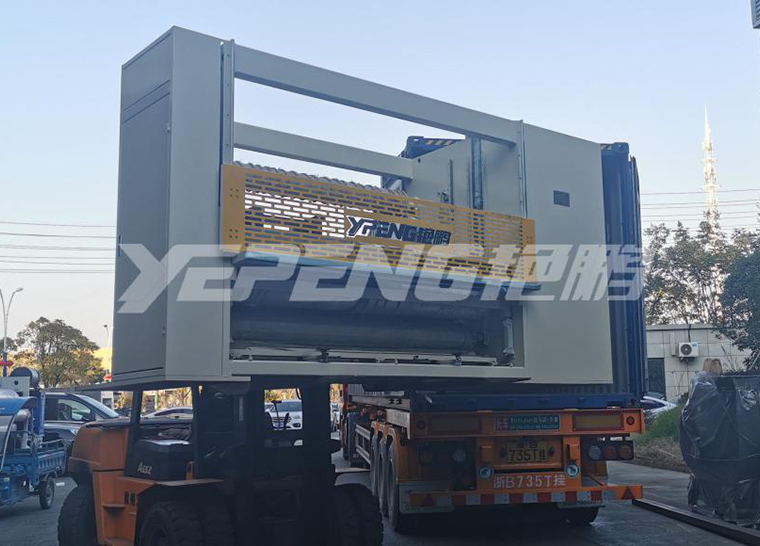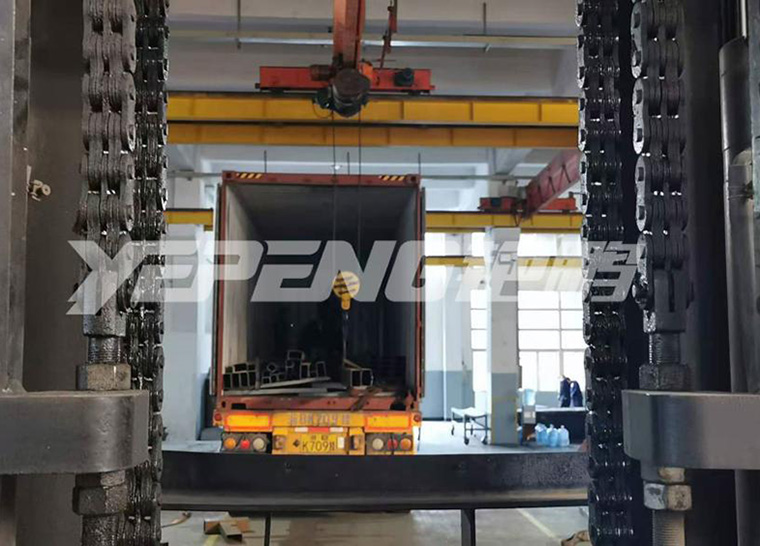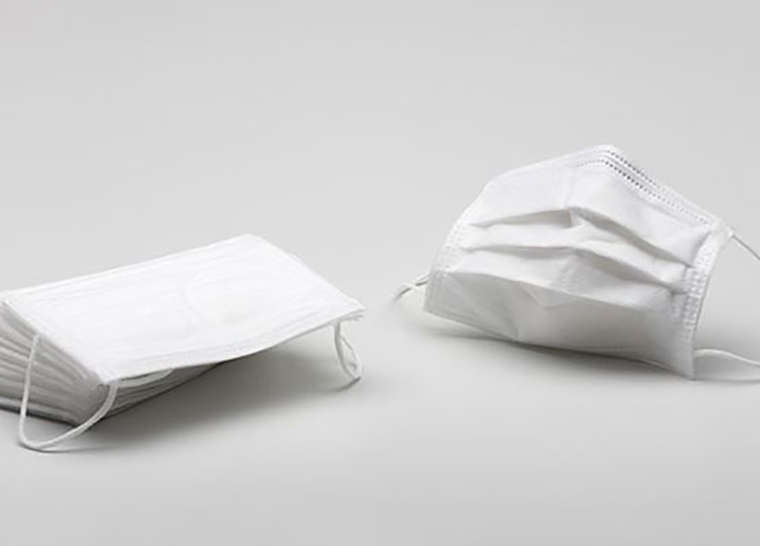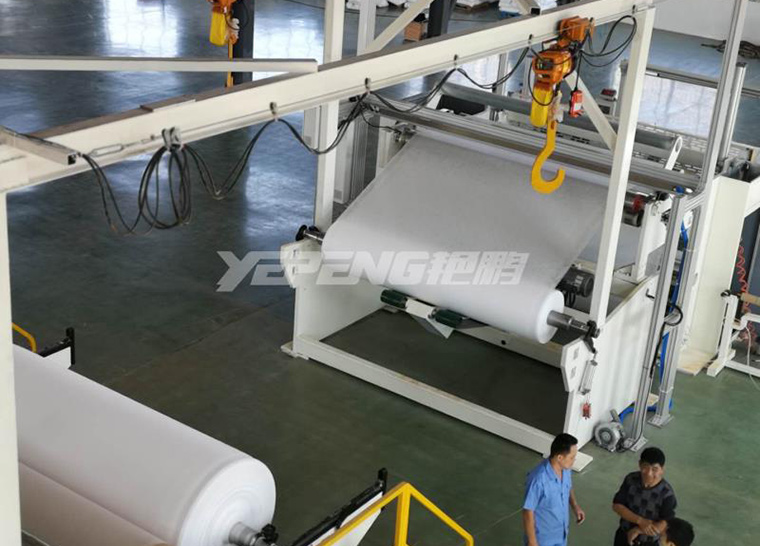The application and introduction of Yanpeng polypropylene
Characteristics of polypropylene
1、Polypropylene is the most commonly used raw material in non-woven fabric industry at present, and also the most important raw material of polymer fiber. Nearly 94% of spunbond and melt-blown fabrics in China are polypropylene. According to the United States statistics, polypropylene fiber in nonwovens more and more widely used, has largely replaced polyester and viscose fiber. In the fields of medical treatment, sanitation and health care, the application amount of polypropylene nonwovens accounts for 50% of the total nonwovens.
2、Molecular structure of polypropylene
Polypropylene is a polymer composed of macromolecules with carbon atoms as main chains. According to the different positions of methyl groups in space, there are three stereoscopic structures, namely isotactic, isotactic and atactic structures.
Isotactic polypropylene macromolecules are composed of regular repeating units of the same configuration, and this regular structure is easy to crystallize. Isotactic polymers are generally used in spunbond and melt-blown nonwoves, and the isotactic polymers are required to be above 95%.
3, the crystallization performance of polypropylene
When the polypropylene melt cools, the spherulite structure expands from the crystal core, and the crystal nucleus is formed first where there are magazines or internal stress concentration. Faster cooling results in more nuclei. So the size of spherulites has a lot to do with the cooling method. The spherulite size has a great influence on the physical and mechanical properties of polypropylene. Under different technological conditions, the crystallinity, spherulite size and internal arrangement are also different. Therefore, the processing technology directly affects the quality of finished products.
The crystallization rate of polypropylene changes with the crystallization temperature. If the temperature is too high, it is not easy to form crystal nucleus, and the crystallization is slow. Too low temperature, due to the molecular chain diffusion difficulties, also makes crystallization difficult, usually at 125~135 degrees Celsius crystallization speed is faster. Polypropylene has high isotactic and fast crystallization speed. Under the same other conditions, the crystallization of high molecular weight polypropylene is slower than that of low molecular weight polypropylene.
4, rheological properties of polypropylene
Melt flow performance is an important index in polypropylene forming process, which is generally represented by melt flow index. The higher the melt flow index is, the better the melt flow is. It is the weight of melt flowing through a standard capillary tube at a standard load at 230 ° C for 10 minutes, measured in g/10min. This is the test method commonly used by enterprises at present, usually used to characterize the flow characteristics of raw material slices. The melt flow index is also called the melt index.
Polypropylene also has the advantages of low price and can be recycled and recycled.






